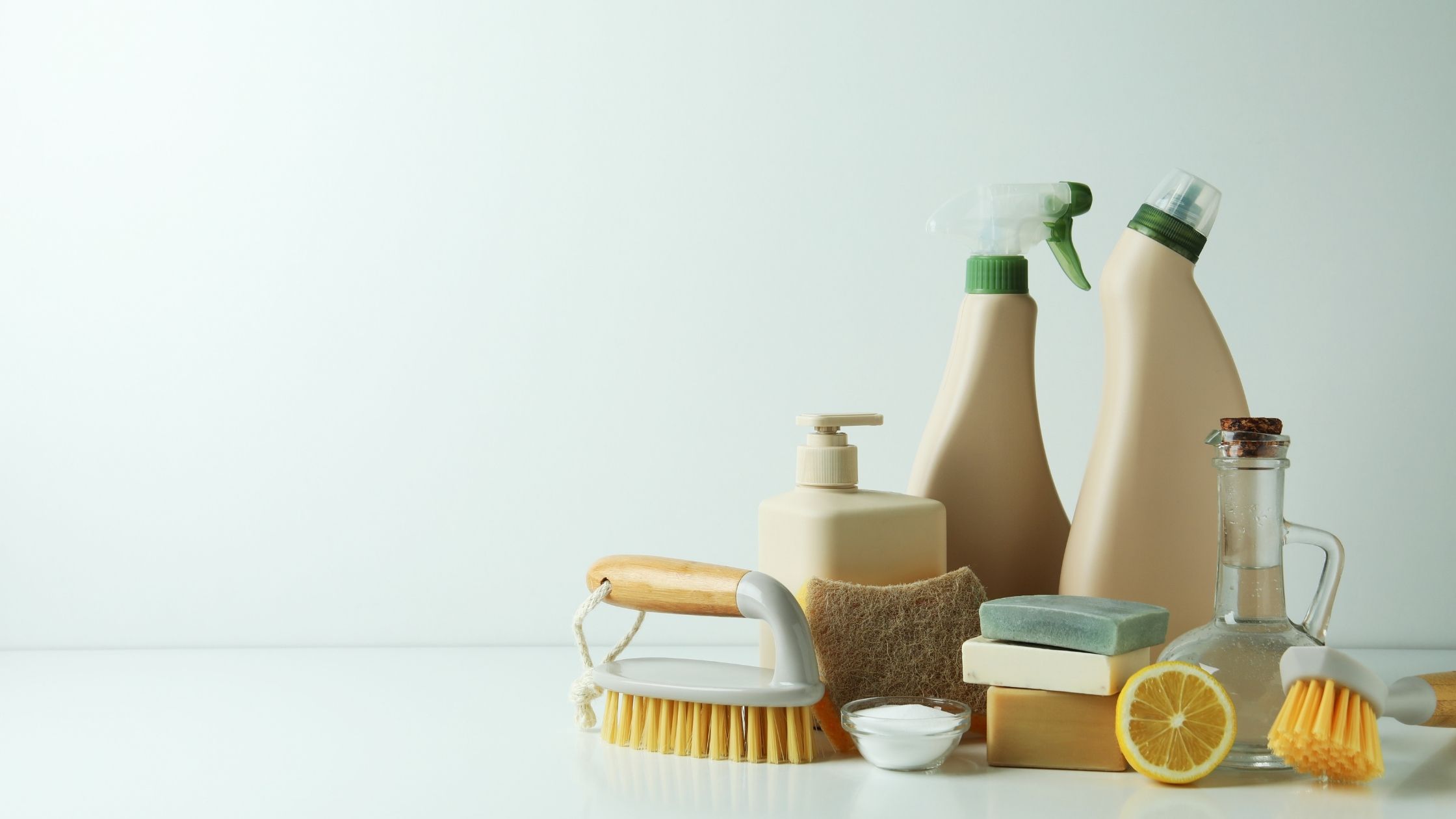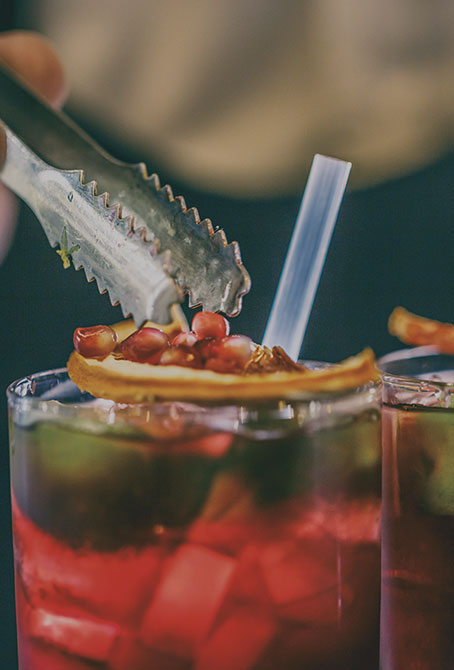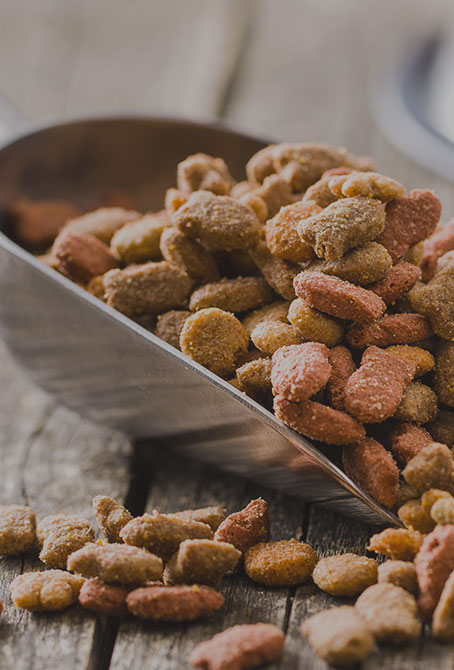Detergents for the household, workplaces and common surfaces are products that everyone comes into contact with on an almost daily basis, and several studies confirm the importance of cleanliness also in terms of mental health: people are more relaxed, serene and even productive in clean and hygienic places – a need that has been further strengthened after two years of the pandemic.
In the world of detergents too, we observe the growing importance of sustainability, with the need to reduce plastic waste and promote the reuse of at least part of the original packaging. Solid products are arriving, which can then be dissolved at home, or refills in soft packaging. Safety for pets is also important: during the pandemic, the presence of animals in homes has increased, and consumers are looking for products that are effective in cleaning surfaces but do not pose a risk to their four-legged friends, either by ingestion or contact, and also contribute to leaving a good fragrance. The ingredients of detergent products themselves are becoming key: increasingly eco-conscious consumers are looking for formulations that meet their expectations of cleanliness and fragrance, but are also friendly to the planet and do not contribute to soil and river pollution. Researchers expect an increasing trend towards plant derivatives, biodegradable and aqueous formulations, and free of ‘hazardous’ substances such as ammonia.
What part do colours play in all this? Colour plays a very important role in detergent products, because it responds both to the need for brand recognition and positioning, and to the ease of identifying the product sought. And there are ‘unconscious’ associations that consumers make with colours: blue and green are colours of freshness, which is why they are often used in detergents for surfaces (glass or other materials) and for general cleaning, as well as for food contact. Red, generally, is associated with risk and is therefore often used in products intended for the highest risk surfaces, such as floors or sanitary ware. Yellow represents a more moderate risk, such as sinks. In all this, and in response to the growing trend towards naturalness and plant derivatives, here comes white or clear to reinforce this positioning. Moreover, colour is often naturally associated with fragrance, a central element in purchasing choices.
When we talk about the colouring of detergents for domestic or industrial cleaning, it is important to assume that the pigments and dyes must be of high quality, perfectly soluble and stable regardless of the solvent used in the product and the pH of the solution, and also guarantee stability during transport, storage and use.
In this context, the decades of experience of FiorioColori™ is a guarantee of quality, stability and above all compliance with international safety and microbiological standards. All FiorioColori™ products for detergents comply with the ECOLABEL standard, which certifies products with low environmental impact, sustainability and high quality and performance.
The FiorioColori™ range for detergents is available in liquid, solution, paste, granule or powder form, depending on the colour impact, production process, viscosity, solvent, pH and type of end product.
For further information about the FiorioColori™ range, please contact us at info@aromatagroup.com


















